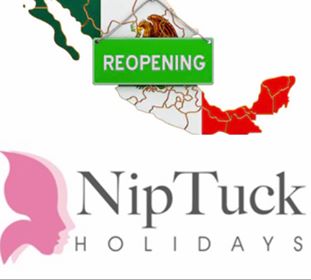
Mexico has recently emerged as a global healthcare hub in the recent years, offering an array of medical treatments to incoming medical tourists.
Travelling south of the border to Mexico is becoming increasingly popular among American and Canadian medical tourists and now increasing Australians who are seeking another destination other than Asia. This is because is is so convenient to travel to Mexico with minimal distance and frequent flights to many, major cities in Mexico.
The burgeoning medical tourism industry in Mexico is beginning to rival its competitor Asian countries. Nearly 1.1 million patients flock to the country annually in order to seek medical treatments. Mexican healthcare, according to the World Health Organization is ranked 61 in the world.
Mexico’s vibrant beaches attract medical tourists who are lured by the opportunity to combine their medical treatment with a beachside vacation, away from the urban hubbub.
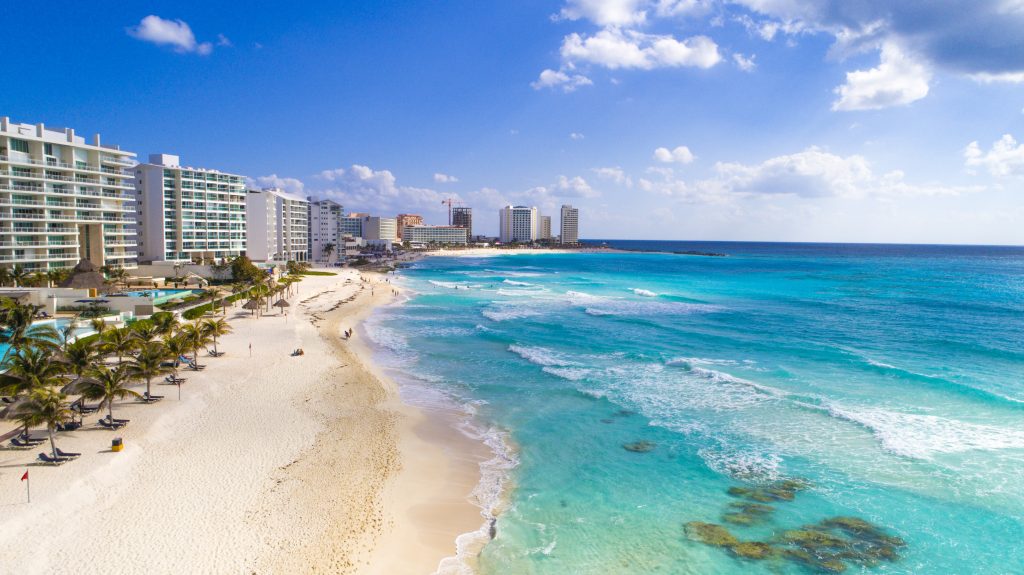
WHY CHOOSE MEXICO FOR MEDICAL TOURISM?
1. Close Proximity to Major Markets
Mexico is geographically very convenient from countries like the US and Canada. These neighbouring countries are major markets for the medical tourism industry here since travelling to Mexico only requires 2-6 hours on an average. Furthermore, easy access is provided by frequent flights to major cities in this country which are relatively cheap.
The close physical proximity of Mexico to USA results in as many as 40% of the medical tourists in originating from the States. Obviously the CoronaVirus has changed everything and the President of the Medical Association in Mexico has teamed up with Agents outside of traditional markets of Canada and the United States to work with Australian-based agency Nip Tuck Holidays as clients seek medical tourism outside traditional markets such as Thailand as soon as travel restrictions and eased.
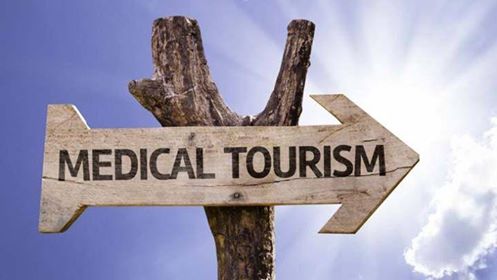
A majority of US citizens consider Mexico to be their preferred medical tourism destination because of the availability of direct flights from most of the cities in US to Mexico.
2. Internationally Accredited Hospitals and Medical Facilities
Mexico has 9 internationally reputed healthcare facilities, which are accredited by the Joint Commission International. Hospitals in Mexico are equipped with up-to-date technology and latest apparatus required for sophisticated procedures. Also, medical facilities here are known to provide high quality services in the field of oncology, dentistry, cosmetic procedures and gastroenterology.
Quality of infrastructure and medical facilities in Mexico is at par with the US, where everything from medical checkups, specialized surgery and post-operative recuperation are made available to the patients in safe and comfortable environments.
3. Highly Experienced Fleet of Doctors and Medical Staff
The doctors and surgeons in Mexican hospitals are highly experienced and well equipped with the skills needed for performing a variety of sophisticated procedures. Owing to the unavailability of FDA approved treatments in USA, medical staff in Mexico is backed by years of experience in performing the same procedures. They are hence known to provide better experiential care than the surgeons in the US.
Most of the medical staff and doctors in Mexico receive their training in the US or the UK, thus enabling them to deal with international patients easily.

4. No Waiting Time for Medical Tourists
Waiting time for patients is not a problem in Mexico as long lines in healthcare facilities are virtually absent. Patients from UK, who are made to wait unendingly long due to the overburdened public health sector find Mexico a safe haven for timely medical care.
The staff here is considered to be extremely friendly, personable and attentive. This is one of the major reasons why patients from neighbouring countries choose to seek medical treatment here.
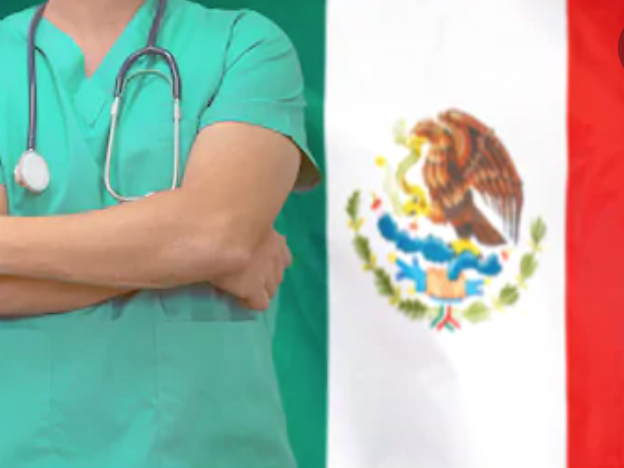
5. Cost-effective Treatments
Patients are also able to reap cost benefits as most of the medical procedures are available in the hospitals in Mexico at very low prices. A lap band surgery, which can cost anywhere between $14,000 – $17,000 in the US has a cost of merely $7,000 in Mexico. Similarly, a heart bypass surgery in Mexico is offered at the inexpensive price of $27,000 in Mexico, whereas the same procedure can cost as high at $144,000 in the US.
Most treatments in Mexico cost around 50%-75% lower than the average prices for the same in the US.
IS IT SAFE?
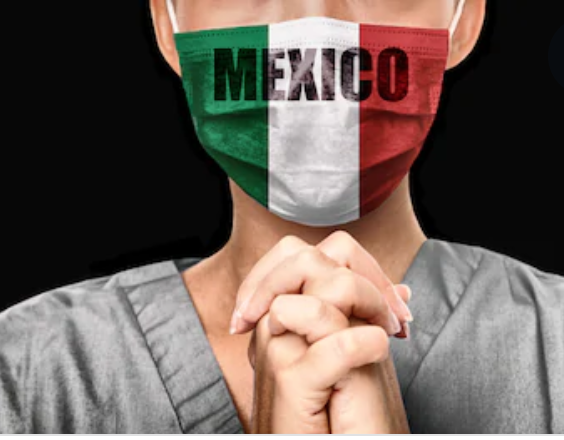
Mexico is a lot safer than how it is commonly perceived in popular media. Drug trade and violence in Mexico in the recent years has raised many questions about the safety in Mexico but current statistics show that most of Mexico is safe for travel.
Every year, millions of tourists visit Mexico and many of country’s most popular tourist spots remain safe for foreigners. Medical tourism in Mexico is generally aimed at such safe and secure places only.
HOW IS HEALTHCARE IN THE COUNTRY?
The Mexican Federal Government has made elaborate provisions to provide public health care to all the citizens. Every citizen is entitled to subsidized public healthcare. Although, the level of subsidy can be full or partial depending upon the employment status of the person.
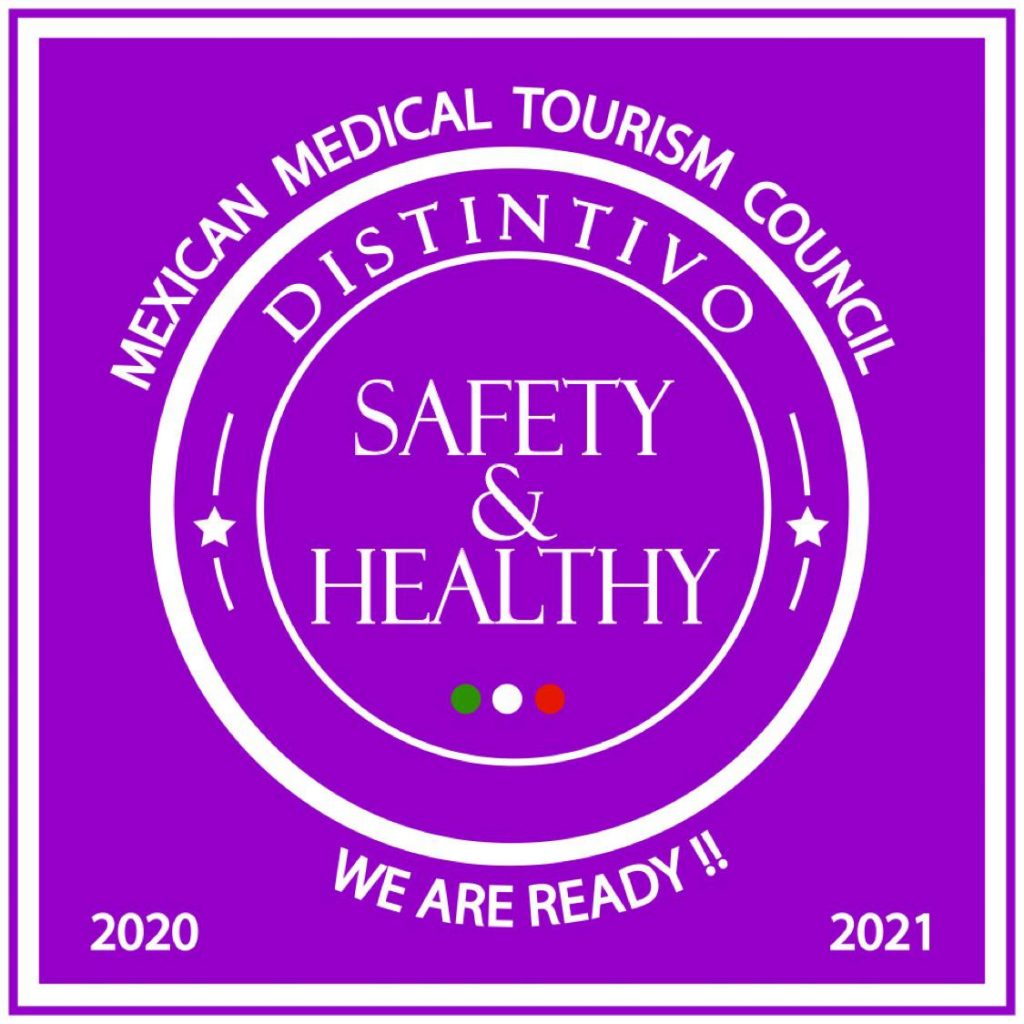
The doctors in Mexico are as qualified as that in the US. However, they are quite young as their training begins right after high school. Mexican medical speciality academies have rigid education and training criteria according to which they conduct medical board examinations and provide certifications to physicians. These certifications ensure that the doctor is well qualified.
DO DOCTORS SPEAK ENGLISH?
Although Spanish is the national language and is spoken by most of the Mexicans, almost all the legislation work in the country is done in English as it is an international language. Most natives speak either spanish or the indigenous languages, but doctors and staff in the medical sector are fluent in English.

Most of the popular Mexican hospitals are situated near the US border and almost all the people in this area speak English to cater to the incoming patients. Language translators are also available at the hospitals if either of the doctor or the patient does not speak english.

POPULAR TREATMENTS
Although medical travel to Mexico was initially popular for dental and cosmetic surgeries, however patients now flock to hospitals in the country also to seek orthopaedic treatments and surgical procedures. Also, hospitals in Mexico have lately acquired fame for bariatric surgeries for weight-loss.
Dental Care
Hospitals and dental facilities in Mexico are renowned for their cheap and affordable dental care, which is offered here at the highest quality. A large portion of American dental patients are heading down south to Mexico since the cost of dental treatments in the US has surged in the last two decades and continues to increase at the rate of 5% annually.
Dental care in Mexico can be availed at one fourth of the costs in US and this has lead to many American doctors opening their own clinics in cross-border towns, to meet the growing demand.
Oncology
Mexico boats of over 30 hospitals, specialising in cancer treatment. The hospitals in the country feature integrative medical care, which combines both holistic and traditional patterns of treatment.
Functional oncology programs in some hospitals are directed towards finding new methods of care, other than allopathy. Cellular biology and nutrition, cancer suppression and immunotherapy support programs form the core of the treatment process here.
Orthopedic
The country is also popular for less expensive and more effective hip replacement and back/spinal surgeries. Excellent orthopedic surgeons and safe standards of care provide Mexico considerable inflow of patients seeking orthopedic procedures.
COST SAVINGS
Mexico offers medical care at extremely lowered prices as compared to its first world counterparts. Patients travelling to Mexico can expect savings of 40-60% on most procedures.
Typically, a dental implant may cost as high as $10,000 in the US while the same is available in Mexico at a price of $1,000. Amounting to an average saving of about 70%, a face lift in the US is priced at $18,000 while it is available in Mexico at a price of $4000 only.
POPULAR CITIES
Tijuana
A border city in Mexico, just south of California, Tijuana is an industrial and financial center of Mexico. It is a safe and affordable destination for medical tourists, where one can avail quality medical care. Some of the best deals in procedures like weight loss surgery can be found here and Tijuana is the ideal location for medical tourists seeking Bariatric Surgery.
Advanced surgical centres in this city are fully equipped with the latest technology and the immaculate beaches allow patients to recover in healthy and relaxed environments. Dental and stem cell treatments are also popular in the city.
Cancun
Cancun is a leisure hotspot and has greater connectivity with the US and Canada, thereby emerging as a winner in the medical tourism market in Mexico.
Best known for its dental checkups, anti-ageing, alternative medicine and bariatric surgery, patients travelling to this Caribbean destination can get as much as 80% off on their treatments, Cancun offers a gastric bypass at a mere price of $6000, as compared to $25,000 in the US.

Monterrey
Mexico’s third largest city is Monterrey. This city is home to 3 of the finest JCI accredited hospitals in the country, offering ace medical services. Monterrey is called the city of mountains and offers patients from Miami, Texas and other US states a four hour proximity. One of the safest and most modern cities in Mexico, Monterrey is popular for its IVF, Lasik and cosmetic procedures.
THINGS TO KEEP IN MIND
The first thing to keep in mind is that the best time to travel to mexico is from May through September. At this time you will get the cheapest deals because the number of tourists is less given the high temperatures.
The local currency Pesos has a sign same as that of a dollar. Most of the shops, restaurants, etc. have these signs on the price tags, menus, etc. Thus, a patient should be cautious while paying money and bills, keeping in mind the difference in the value of the two currencies.
Once in Mexico, you should avoid drinking tap water or take beverages which have ice made from tap water as it is not considered safe even by the locals. However, you can buy drinks from restaurants as these typically use purified water.
CULTURAL SPECIFICATIONS
The country of Mexico promotes shared cultures. Its culture is a blend of native Mexican with the spanish and other immigrant cultures. The mexican folk art traditions that we see today are derived from the indigenous and spanish crafts.

Majorly comprised of Roman Catholic inhabitants, Mexico supports the beliefs of different religions and believes in equality of rights. Foreigners with different cultural backgrounds are always invited to share their culture with the natives while exploring the local lifestyle.
Festivals like the Radish Festival etc. attract tourists from various places. Mexican cuisine is a fusion of the indigenous and spanish food. Mexican taco is the best known among the street food which is also quite popular internationally. Apart from these calorie rich foods, the abundance of fresh fruits and vegetables acts as a great substitute for the canned, processed and street foods when it comes to medical tourists. The hospital meals are also designed regarding the patients’ health as a top priority.

WEATHER
Mexico is a big country with different climate zones and varying weather conditions at different levels of altitudes. Areas with high altitudes tend to develop severe biting cold in the winter months. Sea level areas are generally hot.
Foreign patients who want to witness local festivals, etc. are recommended to visit Mexico during spring times, christmas and easter holidays. However, the prices of accommodation go up a little because it is also vacation time for the locals. Mexican resorts have pleasant weather in the months of may and october.
Hurricane season, which lasts from june to november is also an important factor you should consider while planning your medical trip. If you plan to visit Mexico during this period of time, look for hospitals in the hurricane safe zones.
TOURIST SPOTS
Among Mexico’s most visited tourist destinations is Chichen Itza, one of the largest cities of the Mayan civilization. The temple-pyramid situated in this city is of astrological importance and is visited by the natives as well as foreigners.
In the past few years, the city of Cancun has become a hub of tourists. Isla Mujeres is a 30 minute boat ride away from this city and provides you with an idealistic atmosphere with calm beaches and vast stretch of coastside. Tourists can also explore the vast network of canyons known as the Copper Canyon through the “Chihuahua al Pacifico” railway.
GETTING AROUND
Getting around in Mexico is really easy. Almost all the cities and towns in Mexico, irrespective of their size have central bus stations which are well connected to each other. Private taxi and bike services are also available.
Major cities of Mexico are well connected through an efficient network of airlines. The more popular the airline routes, the lesser are the fares. Flight schedules, charges, etc are easily available online. Also, keeping a book of maps with you might come in handy to pick out the best means of transport in getting to the place.
VISA CONSIDERATIONS
Mexico visa requirements vary depending upon the nationality, country of residence and the purpose of travel of the patient. A total of 108 countries including Brazil, Japan, etc. and permanent residents of countries from UK, USA, Canada, and a few others are exempted from any visa requirements. They are allowed for tourist visits on production of valid passport, hotel reservation, etc.
Patients from other countries like India, China, etc. require a visa to visit Mexico which can be obtained from the respective mexican consulate in these countries. The duration of this visa can be a maximum of 3 months and the visitor is not allowed to engage in any profit-oriented activities.
IS THE QUALITY SAME AS THAT AT HOME?
Hospitals are accredited by international non-profits to ensure home like safe care to the patients. Most of the healthcare centres in Mexico have completed the accreditation process of the Joint Commission International (JCI) and therefore guarantee safe treatments by qualified doctors.
The National Certification System for Medical Care Organizations ensures that the international standards for patient safety, quality of procedures and doctors’ qualifications, etc. are followed. This system also sets national standards for the health centres to efficiently manage medical care in the country. These accreditations help the patient to make sure that the doctors treating him are credible and the patient gets the same level of care that he expects in his own country.
Medical tourism in mexico is already a thriving industry and is re-opening 2020-2021, the number of medical tourists reaching Mexico yearly is expected to surpass 650,000.






















